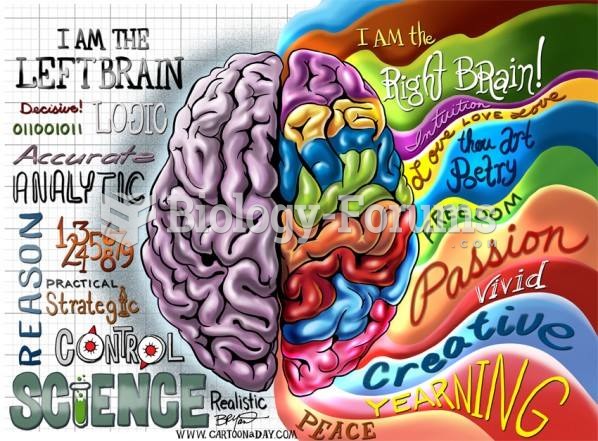Answer to Question 1
(any three)
The simplest form of religious organization, a cult, forms around a specific person or idea drawn from an established religion. Cults are distinguished by the measure of loyalty they ex- tract from members. Typically small, they are also composed of deeply fervent believers. Members of cults leave behind their membership in older religious institutions and often live on the margins of society.
A sect is a small subculture within an established religious institution. Like cults, they break from traditional practices, but unlike cults they remain within the larger institution. For example, the Jehovah's Witnesses are usually classified as a Christian sect. Sects typically arise when some members of an established religious institution believe that the institution is drifting from its true mission, becoming sidetracked by extraneous, more worldly pursuits.
A denomination is a large-scale, extremely organized religious body. It has an established hierarchy, methods for credentialing administrators, and much more social respect than either a cult or a sect. Members of cults and sects are often subject to prejudice and discrimination in the main- stream society, but members of denominations are usually considered normal.
The ecclesiae refers to religion so pervasive that the boundary between state and church is nonexistent. In such societies, the clerical elite often serve as political leaders or at least formal advisors to political leaders. Everyone in the society belongs to that faith by birth, not individual decision, and those who do not belong to the faith cannot become citizens.
In the United States, the overwhelming majority of the population belongs to one of the denominations of Christianity. The largest is the Roman Catholic Church (23 percent). Nearly 70 percent of all Americans claim membership in a Protestant denomination (chiefly Methodist, Baptist, Presbyterian, or Lutheran).
Answer to Question 2
Sociologists view science and religion as similar institutions. Both are organized and coherent systems of thought that are organized into social institutions. Both make claims to truth. Both make claims to govern our conduct: Science governs our conduct toward the natural world, regulating how we are able to understand it, and religion orients people toward social interaction in this world as an expression of its beliefs in the next world. Both have professionals who devote many years to study and training to acquire the credentials necessary to speak as experts.
However, there are also many differences between the two institutions. Religion is a set of beliefs about the origins and meaning of life, usually based on the existence a supernatural power. It is primarily concerned with the big questions of existence, such as: What is the meaning of life? Where did I come from? Where am I going?
The emphasis of science is more methodological. Science is the accumulated systematic knowledge of the physical or material world, which is obtained through experimentation and observation. Religion deals with big questions of existence; science deals with smaller questions of classification or processes. Scientific journals are full of articles about the cell walls of mollusks and the effect of a certain quantity of electricity on a strontium compound. Only a few branches of science consider ultimate questions of existence, and even then they don't focus on the individual. They ask, Where did the universe come from?
Religion acquires its ideas through revelation: God, spirits, prophets, or sacred books give us the answers to the questions of existence. On the other hand, science acquires its knowledge through empirical verification: Information is developed, demonstrated, and double-checked using an experimental method. Science bases its claims on what has been shown this way, rather than asking you to believe something on faith.
Religion and science both change over time. There are new interpretations of the revealed message, new emphases, or even new revelations. Scientific discoveries that are accepted as empirically demonstrated one day may be replaced by new discoveries, also empirically verified. Neither religion nor science changes overnight. They change by dramatic breaks with accepted wisdom. In religion, these breaks generally come when a new prophet or charismatic leader draws people away from established institutions. In science, these breaks come from scientists who challenge accepted assumptions and begin to draw followers into newer empirical areas of scientific exploration.







